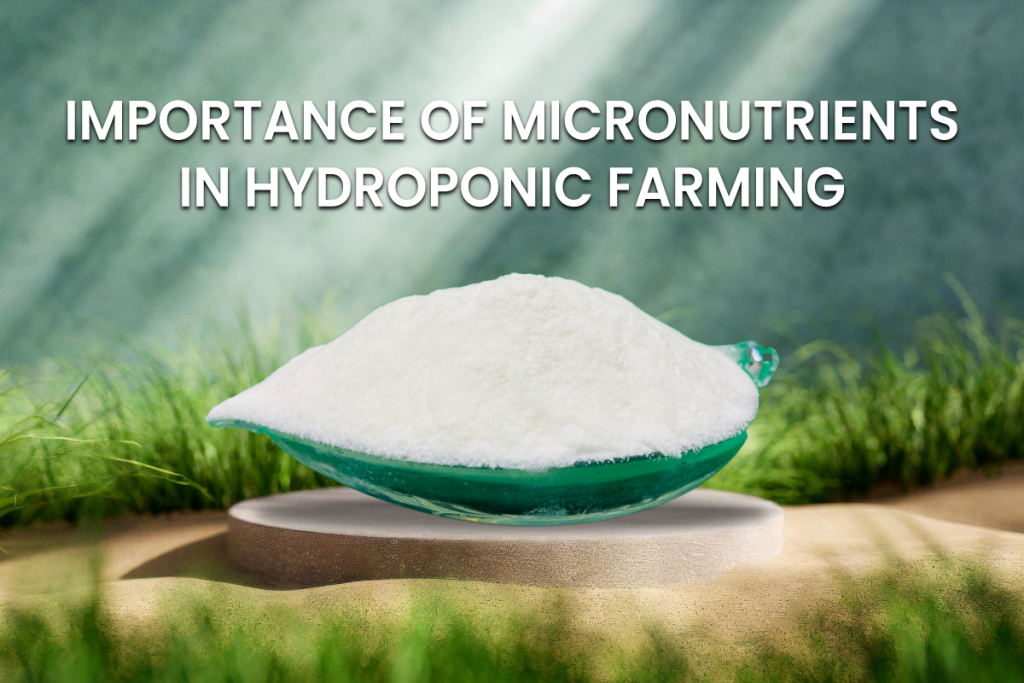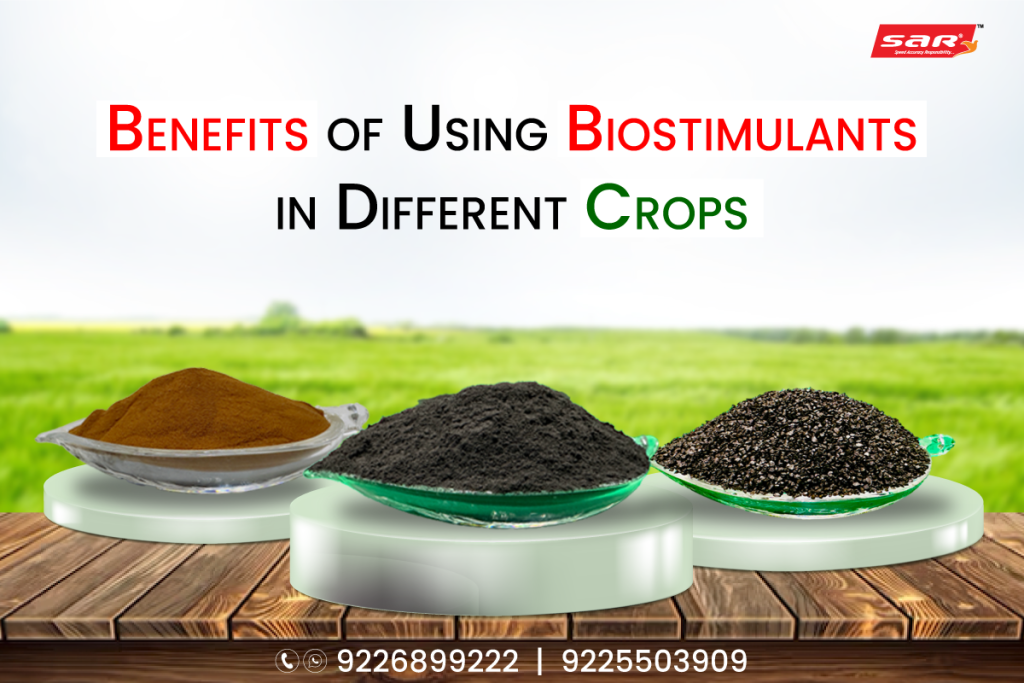
Growing environmental consciousness has driven farmers and growers to seek bio-based inputs with the aim of improving plant health and soil fertility for optimal crop productivity without degradation to the environment. Pure Bio Fulvic acid is being recognised for its excellent solubility and plant-availability, which is driving its growing use in drip irrigation, foliar sprays and soil applications.
In simple words Fulvic Acid is a type of organic fertilizer which is offered in 95% pure form. Available in solid and powder forms, it is soluble in water. Ph level of this substance ranges between 9.0 to 11.0 and its moisture content is 10%. It is used as a suitable plant growth regulator. Fulvic acid is a natural, water-soluble compound formed during the decomposition process of organic matter in soil, plants, and microorganisms. It is defined by the complex molecular structure and chelating meaning binding properties of minerals, which make them more available to plants.
In this we dig into why pure bio fulvic acid is such an essential element of modern agriculture, how it can be applied through various systems, and the scientific basis for its function.
An Overview Of SAR Agro’s Pure Bio Fulvic Acid
Qualitatively, the Bio Fulvic Acid of the SAR Agro brand is an organic extract from by-product humic substances of natural origin of plants. It is formulated for fast movement through the soil, fast availability for uptake, and through several application methods. This product was developed to be used for drip irrigation, foliar spray, and soil drenching, providing farmers with a versatile and effective tool to ensure healthy crops and high yields.
Major Advantages of Pure Bio Fulvic Acid
1. Enhances Nutrient Uptake
Natural chelating agent that binds with micronutrients like Fe, Zn, Cu, and Mn and increases its delivery to the plant.
Enhances availability and absorption of NPK and micronutrients by promoting the permeability of plant membranes.
2. Improves Soil Structure
Helps to add to the loosening of compacted soils, making for better root penetration.
Improves soil porosity resulting in better water retention, oxygen availability and microbial activity.
It encourages humus formation, essential for soil fertility from the long run.
3. Increases Cation Exchange Capacity (CEC)
Enhances soil’s ability to retain and exchange nutrients and decreases nutrient leaching and runoff.
Increases nutrients availability for longer in the soil profile creating fertilizer efficiency.
4. Stimulates Soil Microbiology
Serves as a food source for beneficial soil microbes such as nitrogen-fixing bacteria and phosphorus-solubilizing organisms.
Improves microbial diversity and activity in the rhizosphere, making it richer and more resilient.
5. Strengthens Stress Resistance
Improves water-use efficiency and reduces oxidative stress, helping crops tolerate drought, salinity, and temperature extremes
Promotes faster recovery from transplant shock and pesticides.
Suggested Usage Method
1. Drip Irrigation
Ideal for high-efficiency irrigation systems for direct application of fulvic acid to root zone.
Dose Recommended: 1–2 liters/acre/application with enough irrigation water.
How often to apply: Every 15–20 days during rapid growth or key nutrient-absorbing phases
2. Foliar Spray
Allows direct absorption (through leaf) for rapid action, benefits are most pronounced when correcting deficiencies.
Dosage—250–500 ml per 100 liters of water depending on crop and stage.
To maximize absorption and minimize evaporation, best applied early morning or late afternoon.
3. Soil Application / Drenching
For open-field crops, orchard, nurseries and greenhouses.
Additions to Farm Soil:
Add well-mixed with base fertilizers or applied as a stand-alone to influence soil fertility and root health.
Application timing:
Prior to planting, at the time of transplanting, or as an occasional treatment during crop cycles.
| Method | Dosage | Frequency | Best Use Stage |
| Drip | 0.5-2 L/ha | Weekly or Bi-weekly | Vegetative & Reproductive |
| Foliar Spray | 100-300 ML to per L | Every 10- 15 days | Growth, Flowering, Fruiting |
| Soil Drench | 1-5 L/ha | Every 2- 4 week | Soil Building & Root Growth |
Compatibility & Storage
Compatible with most fertilizers, micronutrients and agrochemicals.
Compatible with organic or conventional inputs (always perform jar test prior to mixing).
Shelf life: 2–3 years when kept in a cool, dry and shaded spot.
Apply on the infected area with proper PPE; Do not allow to contact with oxidizers or acids.
Best Crops to Use Fulvic Acid On
Vegetables: Tomatoes, cucumbers, capsicum, lettuce, spinach.
Fruits: Apples, grapes, citrus, bananas.
Agricultural crops: Wheat, maize, cotton, soybean, sugarcane.
Horticulture: Flowers and ornamental plants, nurseries.
What Makes SAR Agro’s Bio Fulvic Acid Unique?
What makes SAR Agro’s formulation different from others:
High concentration of bioavailable fulvic fractions.
Plant-derived origin – no synthetic ingredients.
Suitable for sunburnt climates and involves all farm types and soil types.
Demonstrated field performance and fit for all farming systems from traditional field to precision hydroponics.
Conclusion
No longer just a niche input, fulvic acid is a must have for farmers seeking efficient inputs without compromising soil and environmental health. SAR AgroPure Bio Fulvic Acid presents the versatility, purity and power of modern agriculture. Drippers, foliar, soils; every drop will help create stronger crops, healthy soils, and more yields.
Whether you are running a commercial farm or a small-scale organic plot, adding fulvic acid into the mix can bring about: Healthier plants, Higher yields, Better soil, More sustainable outcomes.



